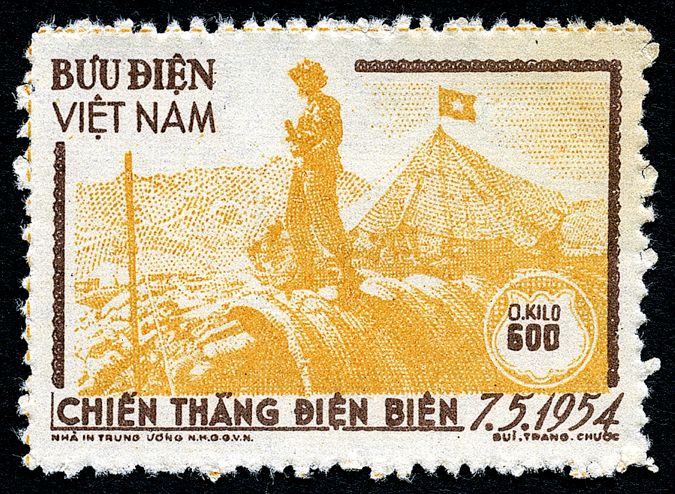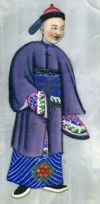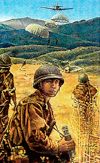The Battle of Dien Bien Phu (Introduction) — In 1954, Ho Chi Minh’s communist forces defeat the French army
Come back later to see the final product.
In a remote valley in North Vietnam in 1954, communist forces under the charismatic defeat leader Ho Chi Minh surrounded a French army and over a period of 96 days pounded it into submission, ending forever France’s colonial power over Indochina and introducing a new placename into military history — Dien Bien Phu.

Dien Bien Phu was no Watterloo
The Battle of Dien Bien Phu was no Battle of Waterloo, which in 1815 scuttled Napoleon Bonaparte’s fantasies of ruling the world. Nor was it the Battle of Verdun in 1916, remembered as the longest and most pointless military bloodletting in history. The Battle of Dien Bien Phu proved to the French, after more three centuries of trying, that they neither the will nor the manpower to maintain Vietnam even as the semi-independent State of Vietnam which they had created in 1946.
More significantly, the Battle of Dien Bien Phu was a primarily a catalyst that redefined the relationships between the world’s major powers and gave impetus both to the growing worldwide movement for independence and to the nuclear standoff of the Cold War. And it set in motion events which would spiral into the defining international conflict of the second half of the 20th Century, the Vietnam War, which was in essence a bloody proxy war between the United States (and a handful of Western democracies), and Communist countries (China, and to a considerable extent the Soviet Union).
The following web pages are divided into three sections:

The long prelude to war: In the mid-17th Century, a vanguard of French Roman Catholic missionaries began a relentless effort to Christianize the Vietnamese, and French traders began to “trade” with them — at the height of the Age of Imperialism, “trading with the Vietnamese” meant “steal the Vietnamese blind”. France, cloaking its greed with the excuse that it was on a mission to civilize indigenous peoples (La Mission Civilisatrice), France used the iron fists of the French army and navy to impose its sovereignty over much of Southeast Asia, and set in motion events which would lead to the Vietnam War, 1965 - 1975.

Asymmetric war in Indochina: After the Second World War, France, assisted by Great Britain and the United States, attempted to reassert its colonial rule in Indochina over communist nationalists led by the charismatic Ho Chi Minh. From the beginning of the First Indochina War in December, 1946, the communists had far more popular support than the French. The French army, trained in conventional warfare but outnumbered, underfunded, and lacking full political support at home, could not possibly defeat guerrillas armed with nationalistic fervour and tenacity. The days of the French Empire were numbered.

“Hell in a Very Small Place”: In November, 1953 thousands of French paratroopers dropped into the valley of Dien Bien Phu in northwestern Indochina. Supported by air drops of largely American supplies and equipment, including M24 Chaffee light tanks (dropped in parts and reassembled on the ground), the soldiers were to draw the communists into a battle that would, in theory, defeat the Viet Minh once and for all. But it was the Viet Minh, who held the mountains surrounding Dien Bien Phu as well as the moral high ground. On May 7, 1954, 25,000 Viet Minh soldiers overran the last French positions, manned by fewer than 3,000 French soldiers.